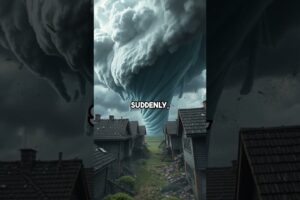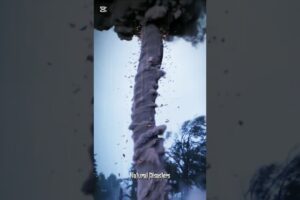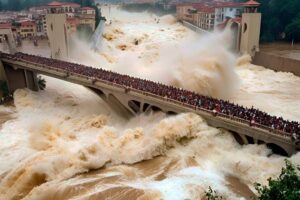
Flash flooding in North Carolina usually occurs when a large amount of rain falls in an area over a short period of time. The ground can only soak up so much water in a given time, and when the rain rate exceeds what can infiltrate into the ground or run off into drainage systems or streams, flooding is likely to occur. Hurricanes, tropical storms, and ordinary thunderstorms can produce flash flooding.
More people die from floods each year than from tornadoes, lightning, or hurricanes. Forecasters can usually predict where flooding will occur when a hurricane or tropical storm affects an area. However, when dealing with thunderstorms, predicting flash floods can be nearly impossible due to their isolated nature. Flash floods usually occur in low-lying areas where water can collect or in cities where water runoff from impermeable surfaces can fill roads or storm drains quickly.
In the past 10 years, flash flooding has occurred in North Carolina over 1000 times, amounting to damages on the order of hundreds of millions of dollars, and resulting in numerous fatalities. Being prepared and knowing how to stay safe will help you and your loved ones survive a flood.
Knowing your flood risk is the best way to prepare for flooding. Determine if you live in or near locations that are prone to flooding. You can find out if you live in a flood plain by visiting our partners at FEMA at https://msc.fema.gov.
MORE: https://wcnc.com/prepare
source






